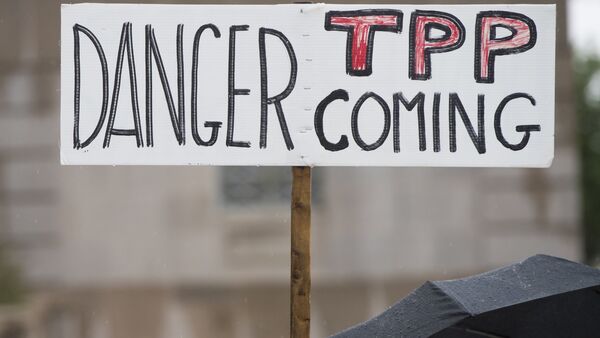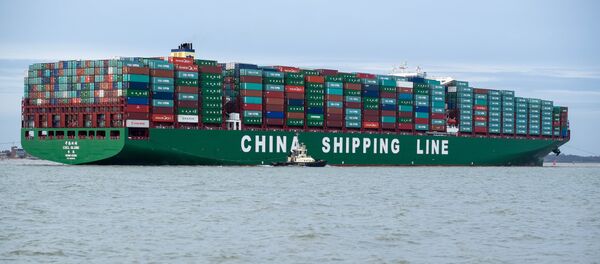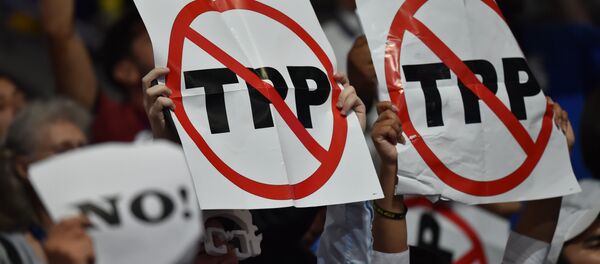Trump's approach "raises doubts as to whether decisions US leadership makes are well thought-out and reliable," Vietnamese political analyst Nguyen Dat Phat said. "How reliable is a partner like the United States? Can the TPP survive without the US? Should other countries be asked to join the TPP?"
The Trans-Pacific Partnership is a controversial deal aimed at deepening economic ties among Australia, Brunei, Canada, Chile, Japan, Malaysia, Mexico, New Zealand, Peru, Singapore, Vietnam and the US. The agreement was also seen as a means for Washington to secure a firmer footing in the Asia-Pacific in a bid to counter China's rise.
On January 23, President Trump signed an executive order confirming that the US will not seek further negotiations on the TPP. He also said that his administration intends to pursue "fair and economically beneficial" bilateral trade deals instead.
Fyodor Lukyanov, Academic director of the Valdai Discussion Club, suggested that Trump's decision points to a "lack of clear strategy" at the White House. "On the one hand he wants to pressure China, on the other – he backs out of the TPP which was designed primarily to counter China. This makes it difficult to follow his logic," the analyst said.
Professor Keichi Umada from Kyorin University maintained that Trump's current stance on the TPP does not necessarily mean that he does not want the US to be part of the deal.
"There are signs indicating that Trump is applying basic methods of dealing in real estate to diplomacy. He is not talking about buying (ratifying) good assets (TPP), but points to its drawbacks, creating an impression that he does not intend to make the transaction (withdrawal from the TPP), prompting the seller to lower the price (second round of talks). If Japan succeeds in encouraging the US to take part in talks, this alone will qualify as a huge success," the analyst explained.
"The US is China's key trade partner," he said. "China imports resources, turns them into industrial products and consumption goods and sells them to the US. If the US chooses protectionism, the US consumer will alter the structure of global trade. If China creates an alternative free trade project, then the question is how to find new customers."
Never miss a story again — sign up to our Telegram channel and we'll keep you up to speed!





